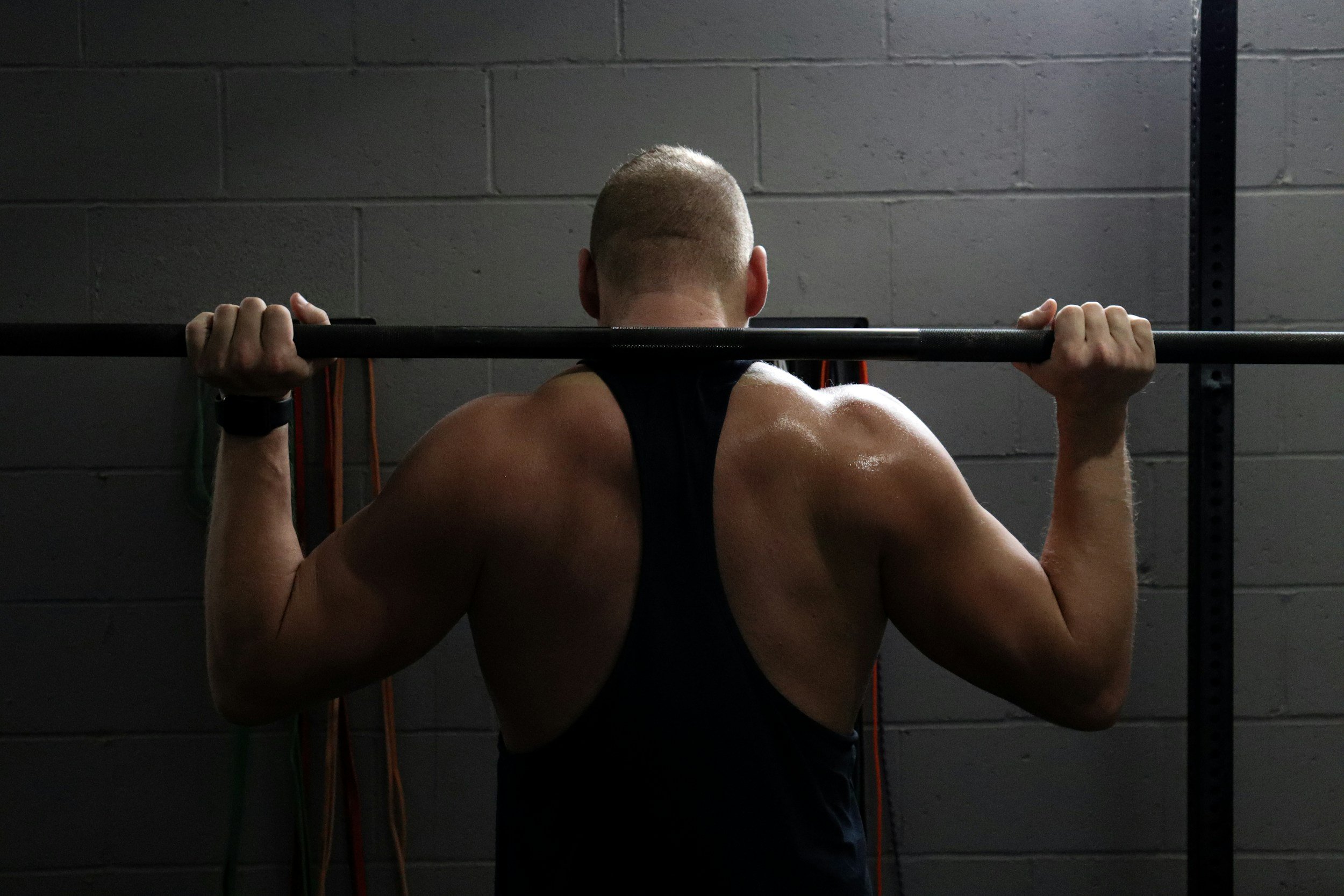Progressive Overload After 35: How to Build Muscle Without Breaking Down
As you get older, your body changes – and so should your approach to training.
If you're a man between the ages of 35 and 45, chances are you're not trying to bench 315 just to impress your buddies.
You want to build lean muscle, stay strong, and avoid injury while juggling work, family, and responsibilities.
One of the most effective principles for building muscle at any age is progressive overload.
But after 35, how you apply it can make or break your results – and your joints.
Let’s break it down.
What Is Progressive Overload?
Progressive overload simply means gradually increasing the stress placed on your muscles over time. This forces your body to adapt by getting stronger, building muscle, or improving endurance.
It can be applied in several ways:
● Increasing weight
● Increasing reps or sets
● Decreasing rest between sets
● Improving form or range of motion
● Increasing time under tension (slower reps)
In your 20s, piling more weight on the bar every week might’ve worked. But in your late 30s and 40s? That approach can lead to joint pain, burnout, or injuries if not managed wisely.
Why It Matters More After 35
After 35, recovery takes longer. Testosterone begins to decline. Muscle mass becomes harder to maintain. And most guys aren’t sleeping 9 hours a night with zero stress.
This doesn’t mean you can’t build muscle – it just means you need to be strategic. You must stimulate your muscles without overtaxing your central nervous system or joints.
The key? Smart overload.
5 Ways to Apply Progressive Overload (Without Breaking Down)
1. Microload Instead of Max Out
Rather than jumping 10 to 20 lbs at a time, increase your weights by 2.5 to 5 lbs weekly or biweekly. Small, consistent gains are easier on your joints and more sustainable.
2. Add Reps Before Adding Weight
Stick with the same weight but add an extra rep or two. Once you reach the top of your target rep range (say, 10 to 12), then increase the weight and reset to the lower end.
3. Focus on Form and Tempo
Improving your control (slower negatives, better range of motion) creates more muscle tension with less load. A 3-second negative rep will challenge your muscles far more than rushing through poor form.
4. Use Periodization
Every 4 to 6 weeks, slightly change your training variables like reps, sets, or rest periods to avoid plateaus and overuse injuries.
Example: alternate between 3 weeks of heavier sets (5 to 8 reps) and 3 weeks of moderate reps (10 to 12).
5. Track Your Progress Religiously
Keep a training log (digital or notebook). It’s hard to overload what you’re not tracking. Seeing progress over time is also a major motivation booster.
Real Talk: You Don’t Need to Train Like You’re 25
You’re not trying to be a powerlifter. You’re building a physique that helps you feel strong, confident, and energized for your career, your kids, and your life.
Progressive overload isn’t just about heavier weights. It's about smarter effort and intentional progression.
Final Thoughts
If you’re over 35 and want to keep building muscle while avoiding injuries:
● Focus on quality over quantity
● Be patient and play the long game
● Use progressive overload with intention and not ego
Consistency always beats intensity.
Ready to Take the Guesswork Out of Your Training?
Download my free fat loss guide or apply for 1-on-1 coaching to get a custom plan built for your age, goals, and schedule.

